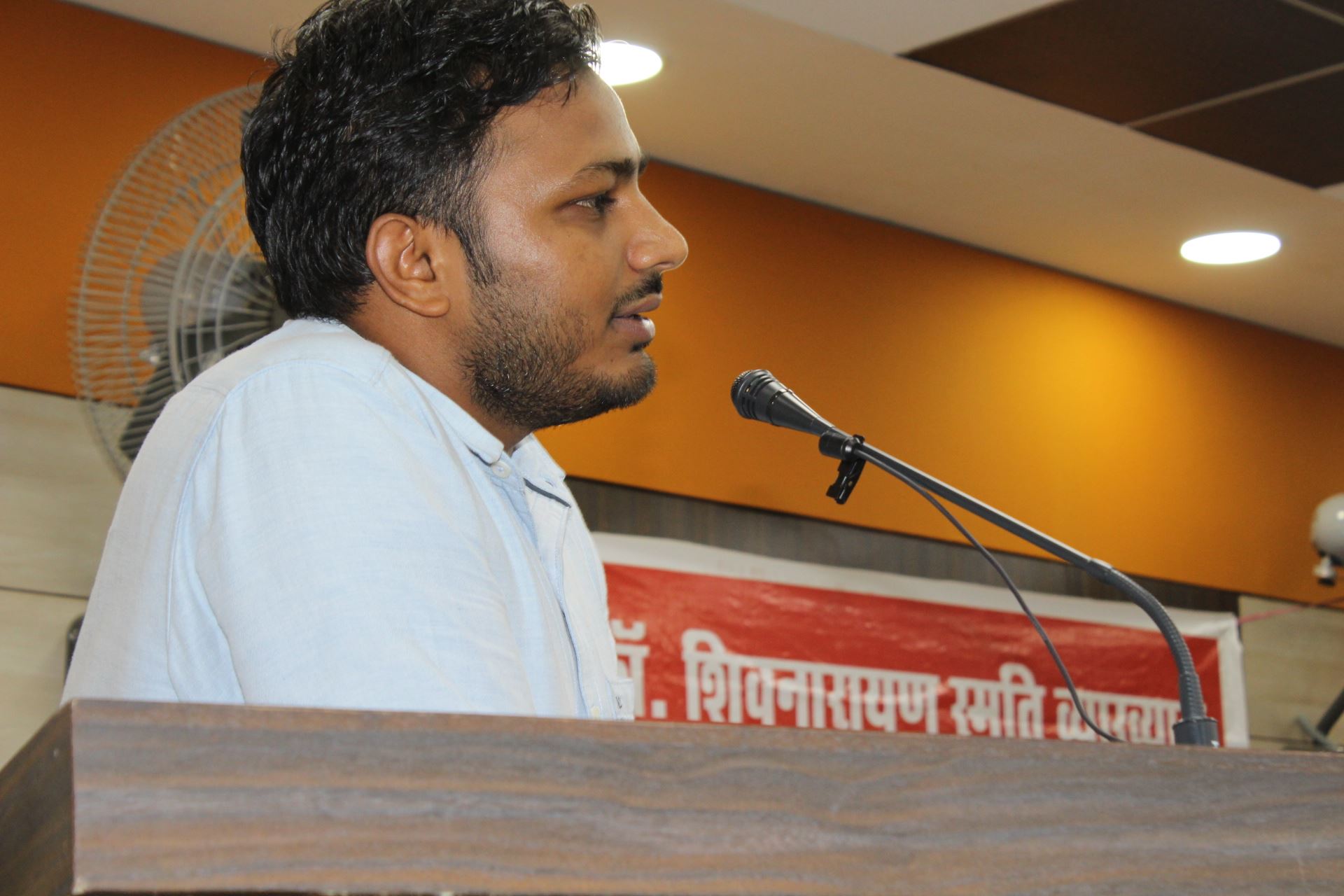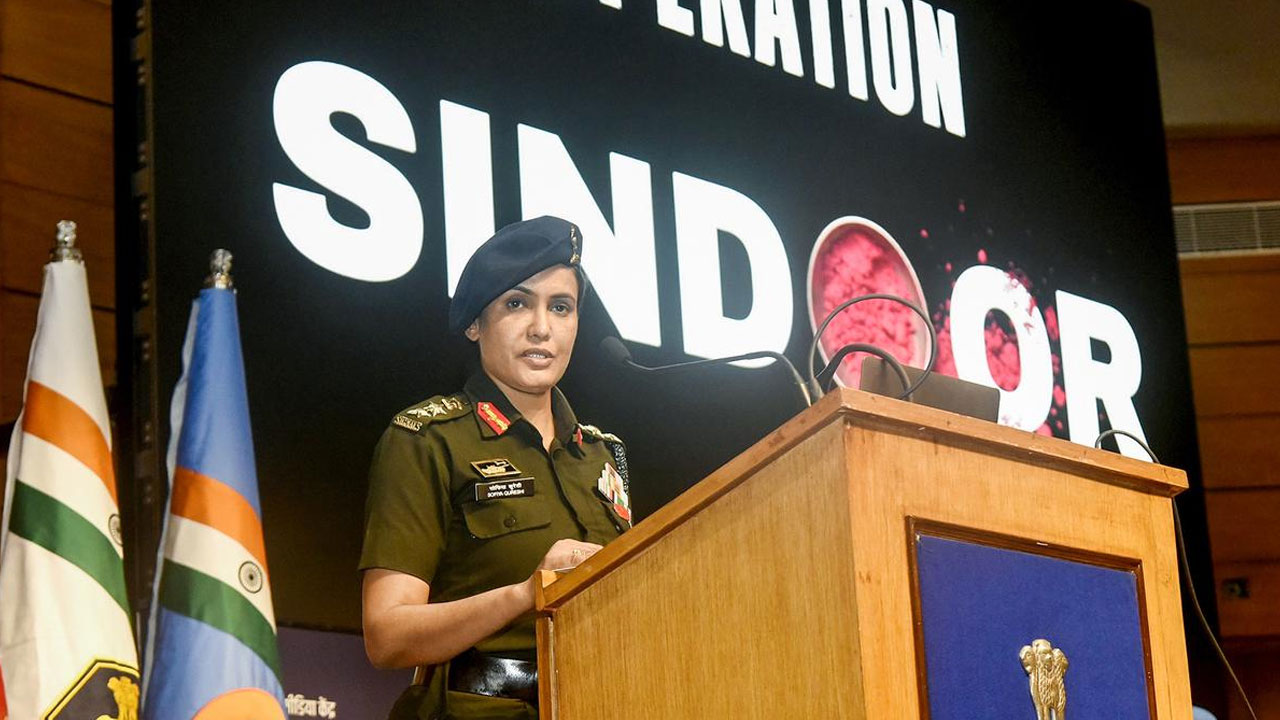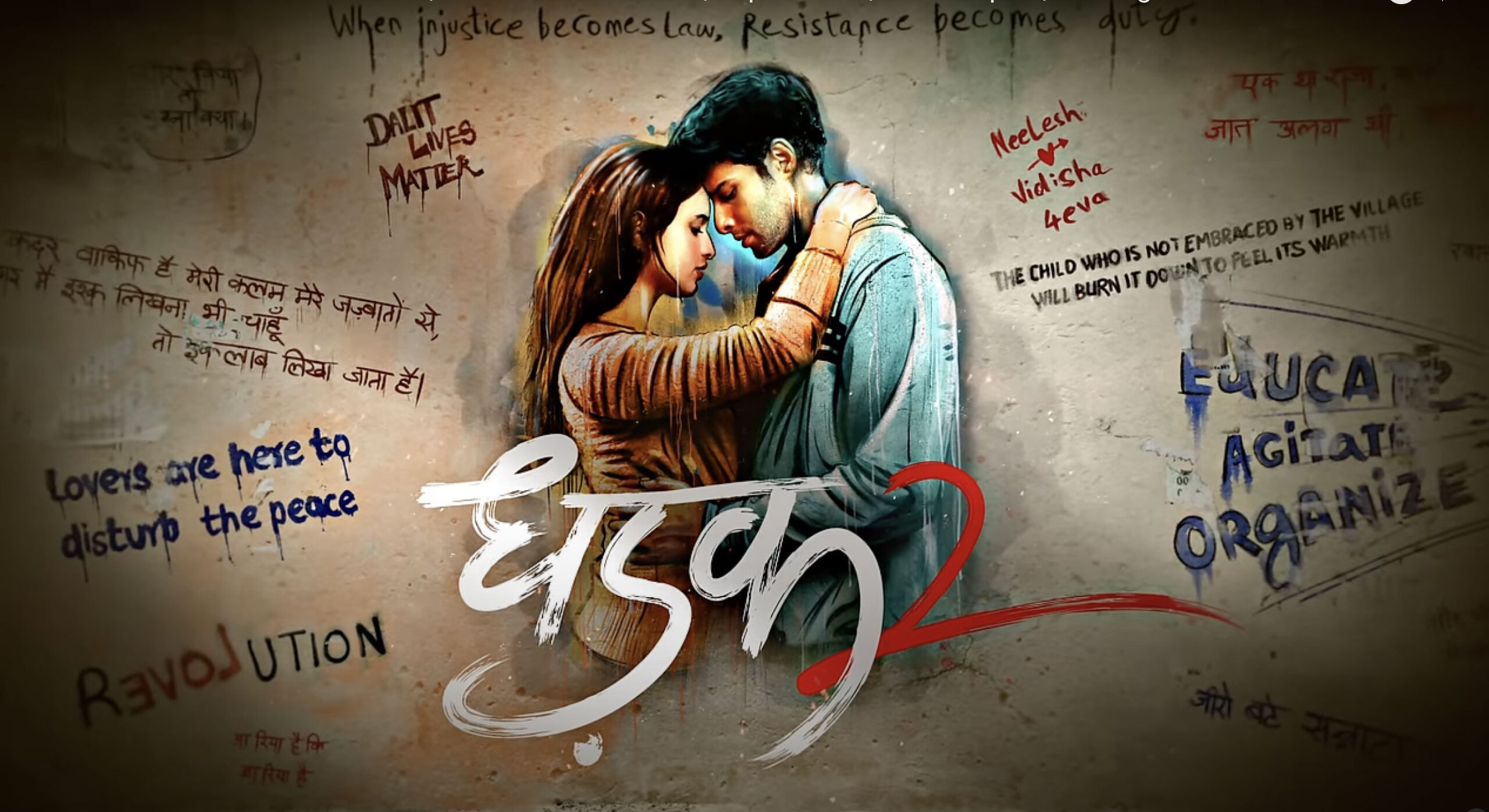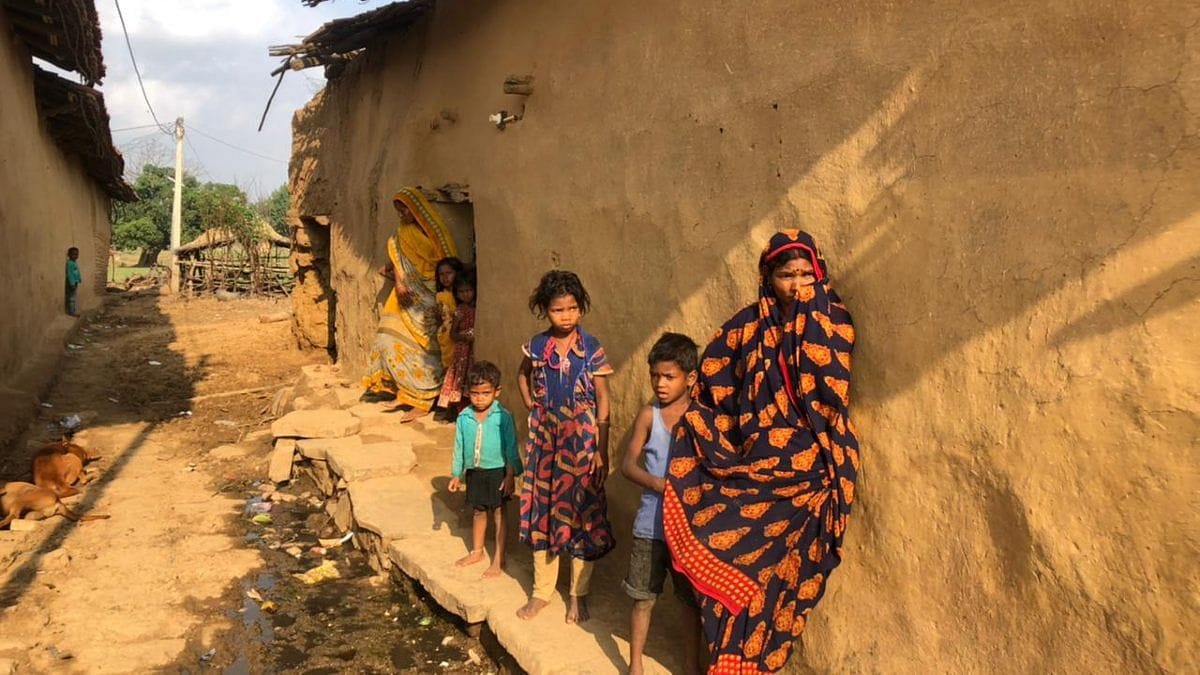Bahujanwad is the name given to the collective struggle of communities on the margins of society, especially the Dalits, the Adivasis and the OBCs, against the social, economic and cultural inequality that informs the Indian social order. Its objective is to challenge the domination of the upper castes and empower the marginalized communities through greater political representation, more economic opportunities and social justice. The ideals are lofty but the challenges and limitations are galore.
The Bahujan outnumber everyone else but are still deprived in cultural, economic and political terms, thanks to the priestly and scripture-based social set-up, which they, too, accept. That has been hampering the growth of Bahujanwadi politics.
Upper castes dominated political parties before and after Independence. That was why the non-Brahmins, despite their higher numbers, could not get their due place in the legislative bodies. The Satyashodhak Samaj founded by Jotirao Phule in 1873 was an apolitical social organization. Phule stressed elimination of social evils such as discrimination and ritualism, born of religion and caste. But then the political environment was not conducive to the entry of the Samaj into politics. Later, the Indian National Congress and the Muslim League were founded and the British decided to make Indians partners in governance. It was against this backdrop that the Non-Brahmin Party was founded in 1917 – to challenge the hegemony of the upper castes in the Congress and the Muslim League, to protect the interests of the Marathas, the OBCs and the deprived communities and to secure political representation for them. This party was established along the lines of Tamil Nadu’s Justice Party. Chhatrapati Shahuji Maharaj was one of its key founders and leaders.
This Non-Brahmin Party had twin objectives – using education as a tool to make the people self-reliant and fighting for their socio-political rights. But many of its members like Annasaheb Laathe (9 December 1878 – 16 May 1950) and Valchand Kothari (13 September 1872 – 10 February 1974) were not serious about the ideology and beliefs of the Satyashodhak Samaj. Though Satyashodhaks like the Jedhe brothers, Bhaskarrao Jadhav, Khanderao Bagle and Dinkar Jawalkar were its members, the party could not realize Shahuji Maharaj’s dream of building an egalitarian Bahujan society.
After the death of Shahuji on 6 May 1922, these leaders distanced themselves from the Satyashodhak Samaj and merged their party with Gandhi’s Congress (1922-24). Thus ended the first chapter of the non-Brahmin movement, launched by Phule and Shahuji.
The second chapter of the Bahujan political movement began with Ambedkar and Ram Manohar Lohia. Both wanted to secure social, economic and political justice for the Bahujan, the deprived. They led campaigns aimed at making these classes aware. They also launched movements demanding their rights and a fair share in political power. On 15 August 1936, Ambedkar founded the Independent Labour Party to champion the cause of the Indian labour class and for dismantling the casteist and capitalist structures. Prior to Independence, around 20,000 farmers and labourers, led by Ambedkar, marched from Konkan to Mumbai under the aegis of this party. In 1942, Ambedkar founded the Scheduled Castes Federation to fight for the rights of the Dalits. Lohia was the founder-member of the Congress Socialist Party that came into being in 1934. Till his death, Lohia remained a staunch socialist committed to the values of social justice. Ambedkar’s dream was to initiate politics involving the entire Bahujan community. He founded the Republican Party of India (RPI) for resolving the social, economic and political issues of the Bahujan, because he was convinced that the Congress and other parties of the upper castes would not allow the Bahujan to progress. With a view to empowering the Bahujan, Ambedkar made provisions in the Constitution to ensure the representation of Dalits and Adivasis in the State and to protect women’s rights.
The rise of regional leadership after the passing of Ambedkar on 6 December 1956 and of Lohia on 12 October 1967 further divided the non-Brahmin movement, bringing about the end of a national Bahujanwadi non-Brahmin politics.
There is no doubt that Kanshi Ram gave Bahujanwad new potency. Seeking their share in political power, the OBCs and other deprived communities were drawn to his Bahujanwad. On 6 December 1978, he founded the All-India Backward and Minority Communities Employees Federation (BAMCEF), which was based on the ideology of Ambedkar. Its key agenda was to educate the Bahujan and enable their coming to power by ensuring that the community does not suffer from a lack of intellectual capital, money and talent. In 1981, he founded the Dalit Shoshit Samaj Sangharsh Samiti (DS4) for a limited role in politics. It had an impact in both north and south India. Subsequently, Kanshi Ram abandoned DS4 and founded the Bahujan Samaj Party (BSP). Thus he gave up his own dream of building a parent organization along the lines of the Rashtriya Swayamsevak Sangh (RSS). This was a big jolt for the movement meant for the all-round development of the Bahujan.
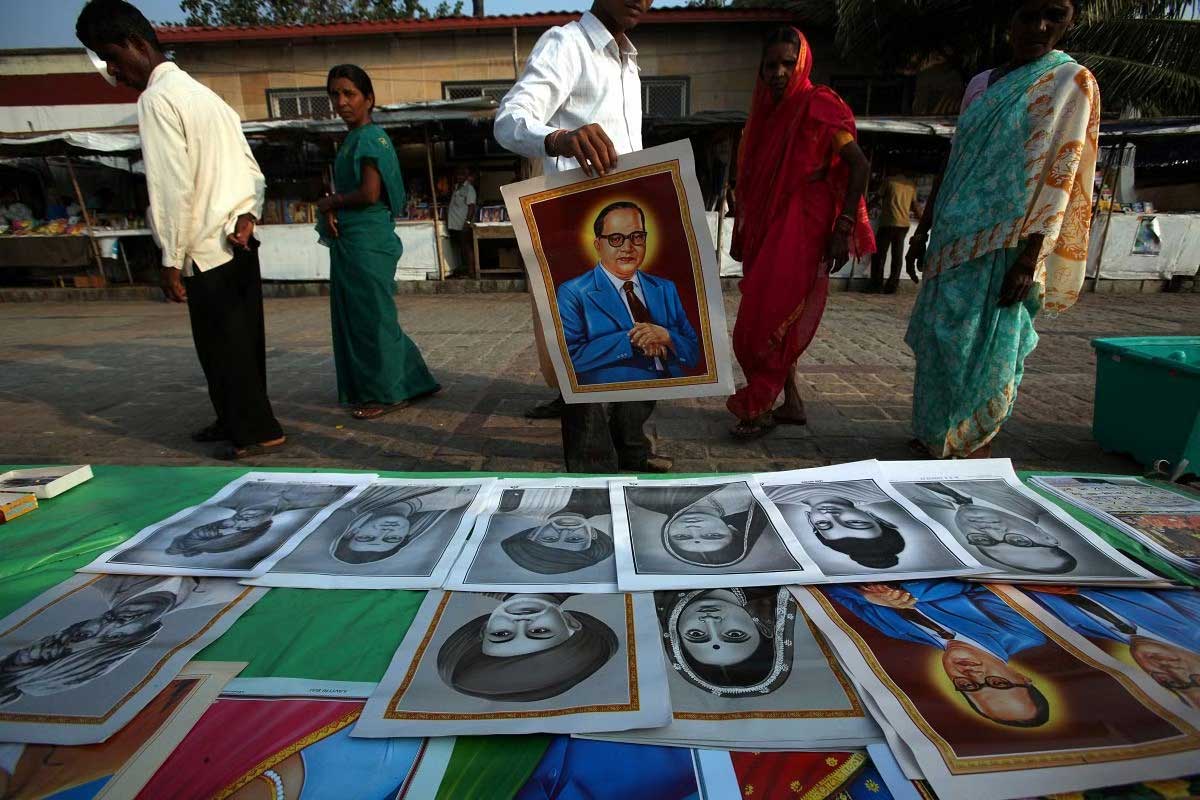
Bahujanwad did achieve political successes in Bihar, Uttar Pradesh and some other states, but these constituted only a small breakthrough for the movement. Lalu Prasad Yadav, Mulayam Singh Yadav, Nitish Kumar and H.D. Deve Gowda were products of Bahujanwad. But due to a range of factors and limitations, Bahujanwad could not achieve long-term success.
There is a need for an honest discussion on the reasons for the failure of Bahujanwad. One reason is communal divide and lack of unity. Though Bahujanwad represents many communities, caste hierarchy, which has struck deep roots in our society, mutually contradictory interests and the fear among the major castes of losing privileges come in the way of the unity. The second key reason is the dearth of resources. There is no denying the fact that financial and institutional resources are needed for long-term political mobilization. Then, there is the weak organizational structure. The organizational strength and reach of the movements and political parties of the Bahujan is weak compared to the established political parties. The fourth reason is limited success in meeting electoral challenges. The Bahujan form the overwhelming majority but Bahujan parties have failed to convert numbers into votes, because of which successes have been limited and ineffective.
The fifth reason is the failure to spread Bahujanwadi ideology and ensure that its benefits reach women, OBCs and other deprived classes. Lack of effective leadership is another reason. We need to admit that the Bahujan parties have lacked sincere, charismatic leaders at the national level. They have also lacked competent organizers and a cadre-based organization that could challenge the present power structure. These parties were also short on discipline and transparency, the result being that they could not win the confidence of the people.
Opportunist leaders have been the bane of post-Independence Bahujanwadi movements. The Bahujan have done whatever they could for their leaders but the latter haven’t reciprocated and have been busy feathering their own nests.
There is a need for a parent body to regulate and control political parties and for social, economic and cultural organizations to bring about overarching progress of the communities in question. This is the role the RSS plays with respect to Brahmanism. Bahujanwadis lack such a parent organization. The BAMCEF could have played this role but it has lost credibility for lack of transparency and decentralization and due to its individual-centricity.
Then, there is the issue of multiplicity of parties of the Bahujan. There are many parties and factions representing the Bahujan, the deprived. This reduces the possibility of a positive, joint political movement. Some Bahujan leaders have gravitated towards the BJP and the RSS, which are against the constitutional egalitarian social order. This has made the building of a joint political movement, which could effectively challenge the dominant parties and organizations, difficult.
Won’t it be better to focus on decentralized socio-economic progress of the Bahujan, instead of dwelling on the failure of the Bahujan politics to deliver? The present cultural, political and social scenario points to a descent to an undemocratic, unequal, backward-looking and capitalist nation where there is religious persecution.
Needless to say, an undemocratic, unequal and capitalist nation and politics would be disastrous for the Bahujan. A change of course is imperative. But the question is how. A divided Bahujan movement and its politics can never halt the onward march of the politics of religious fanaticism. The Bahujan need to vote en bloc against such politics and for that to happen, intellectuals should muster up courage and expose the shortcomings of opportunist politicians and bring about the development of the Bahujan, the deprived classes.
(Translated from the original Hindi by Amrish Herdenia)
Forward Press also publishes books on Bahujan issues. Forward Press Books sheds light on the widespread problems as well as the finer aspects of Bahujan (Dalit, OBC, Adivasi, Nomadic, Pasmanda) society, culture, literature and politics. Contact us for a list of FP Books’ titles and to order. Mobile: +917827427311, Email: info@forwardmagazine.in)

